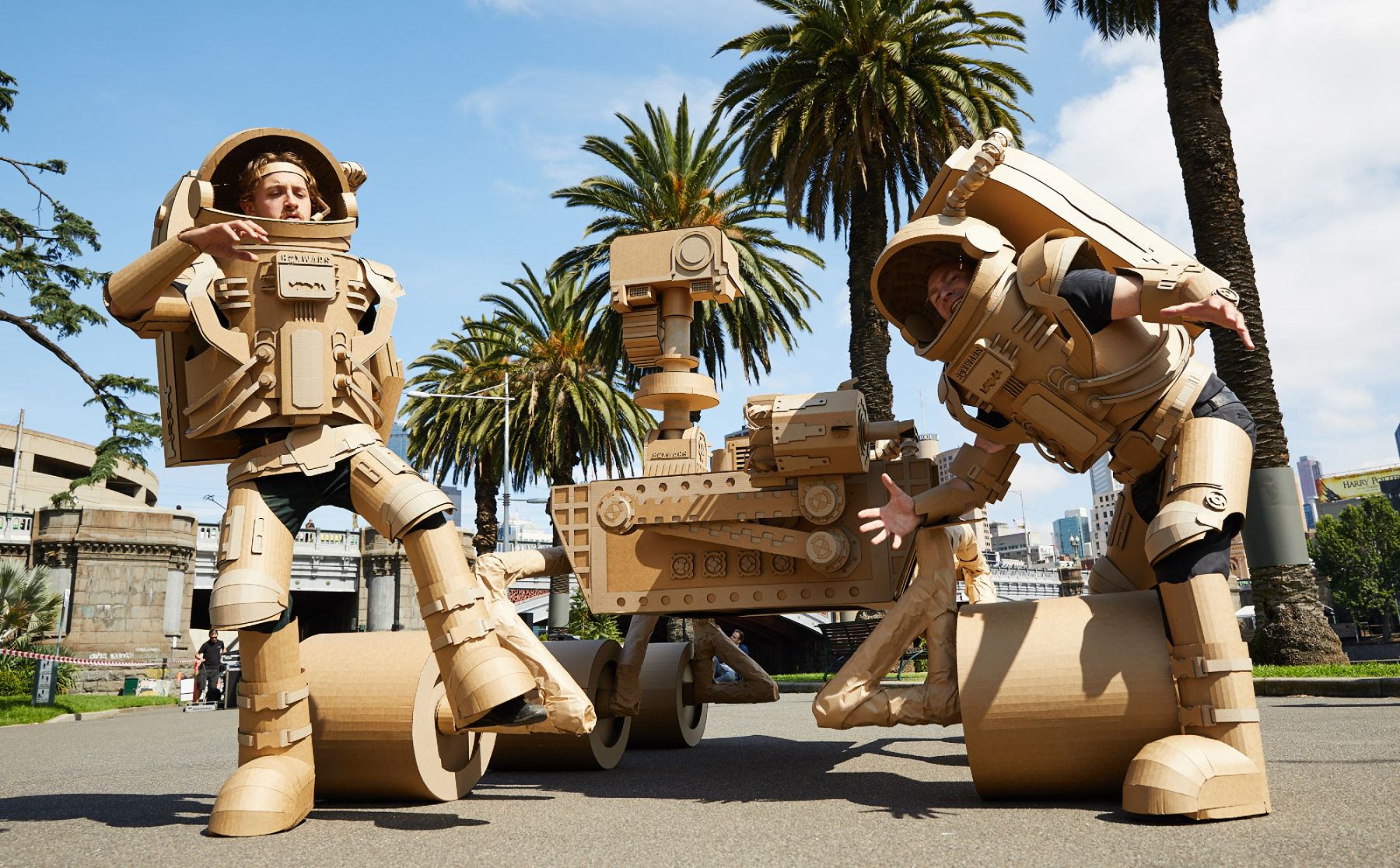A Treasure from the Archives: the Brandenburg Concertos
They are timeless masterpieces of music and are precious parts of the heritage of humanity. These tunes have brought inspiration and comfort to millions. They have even been sent into outer space in the hope that they might be enjoyed in times and places far away.
But they were almost lost to the world, and lay forgotten for decades among thousands of volumes on a library shelf.
This month, March 2021, marks 300 years since the musical genius Johann Sebastian Bach presented his Brandenburg Concertos to a regional nobleman, Margrave Christian Ludwig of Brandenburg-Schwedt. Bach had such a high regard for the margrave that he wrote the complete work himself by hand, rather than contracting the job to a musical copyist.
While Margrave Christian Ludwig had a keen interest in classical music, and encouraged Bach in his compositions, the margrave did not have a large enough orchestra to play the pieces. The musical manuscripts were stored in his library and where then sold on and were then transferred to the official royal archives. These musical scores lay untouched and not played for over a century until they were discovered by a librarian called Siegfried Dehn, who realized what he had found and began publishing them in 1850.
The concertos began to be played and enjoyed again around the end of the 19th century, and in more recent years, some orchestras have tried to use instruments more similar in sound and design to the ones which Bach himself played and knew.
They are widely regarded as some of the best orchestral compositions of the Baroque era and are cited as good examples of classical music for people who wish to be introduced to this timeless art form.
The melodies are attractive, often very relaxing to the listener, but they have an underlying complexity. Back never used the same combination of instruments twice across the concertos. This meant that writing the music and making sure never to replicate combinations became a complex challenge. But the results are spectacular for the listener.
The Good Music Guide says: “The first [concerto] is one of the more ‘orchestral,’ with its strings, winds, and punchy horns, while the second contrasts a surprising and delectable quartet of trumpet, recorder, oboe, and violin soloists against the standard strings and continuo (which provides the harmonic ‘backup’). The harpsichord, normally playing continuo in the background, rises to stunning solo prominence in the fifth (arguably the very first in a line leading to the solo keyboard concerto that Mozart would bring to perfection), and the fourth turns at moments into a tour-de-force solo violin concerto.
“Using just strings and continuo, the third and sixth explore remarkably different textures: a darker, amber sound dominates in the latter owing to the absence of violins. All of this results in an amazing kaleidoscope of combined instrumental colors.”
The concertos have had such a cultural impact that one of them, the second concerto, was selected to go on the golden records which were sent into outer space on the Voyager space probes. The recording was from a 1967 performance by the renowned German conductor Karl Richter.
When clips of Bach’s music are posted online, fans of the music will often comment that they find the composer’s works – especially the Brandenburg Concertos – to be especially calming. There has actually been research conducted into the relationship of classical music to calmness. Notably, a 2007 study found that some of Bach’s music could actually help improve clinical outcomes in patients with acute lung conditions, where avoidance of stress was necessary to help healing.
By Murdo MacLeod








